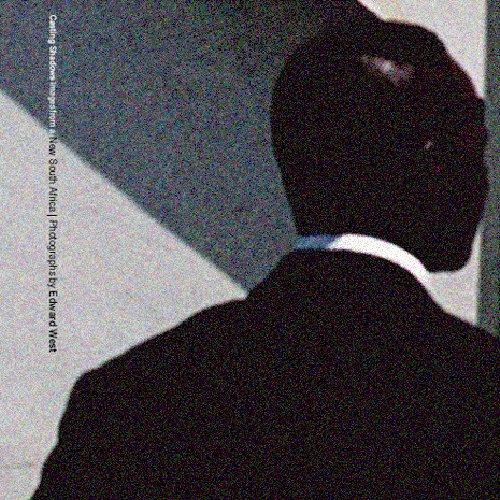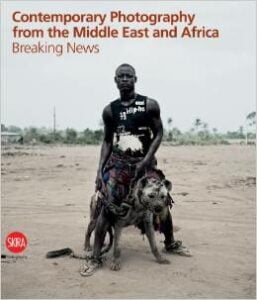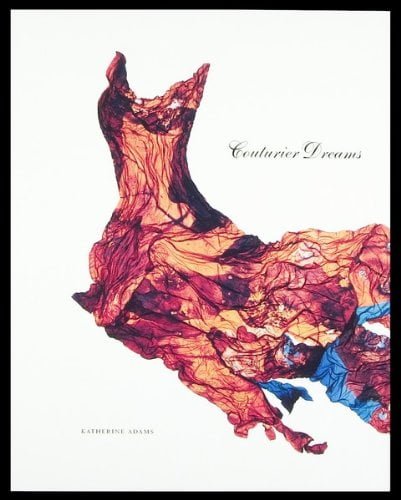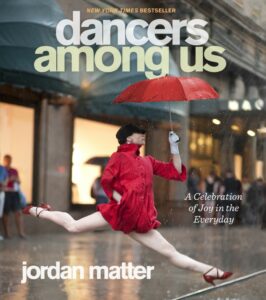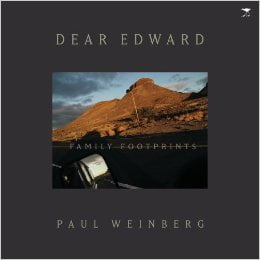Showing 49–64 of 180 results
-

R300Photographs are used as documents, records and evidence every day in courtrooms and hospitals, on passports and driving licences. But how did photographs come to be established and accepted, what sort of agencies and institutions have the power to enforce this status and, more generally, what concept of photographic representation is entailed and what are its consequences?
-

R600AfrikaBurn is the most exciting interactive art spectacle on the continent – a suspension of reality, a blank canvas inviting a radical community to work, play and create at will. A cultural oasis emerges in the middle of a semi-desert landscape, pulsating with art, theme camps, costumes, music and performance. Its temporary citizens set aside their daily habits, cell phones and wallets to celebrate community, art, self-expression and self-reliance.
-

R250Candice Breitz: Extra! is the first significant survey exhibition of Breitz’s work on South African soil.
-

Edward West uses the metaphorical power of shadow to foreground the shifting visibility of South Africa’s black population post apartheid. From 1997-1999, he traveled in South Africa to photograph the country’s townships, squatter camps, and locations during this historic time of transition. In focusing on the private moments of these newly empowered people within their own communities, West has created a complex, visually compelling study of the ways in which identity is inextricably linked to environment. Utilizing the medium of photography in large scale color Giclee prints, West has developed a rich visual language built on the shadow metaphor that at once moves us and grounds us.
-
 Out of stock
Out of stock
R350This publication features his photographs from the late seventies to the present day, allowing insight into a previously unknown African world. His aesthetically and compositionally unusual photographs combine reality with poetry.
-

R170Charles Rennie Mackintosh’s finest work dates from about a dozen intensely creative years around 1900. His buildings in Glasgow, and especially his craggy masterpiece the Glasgow School of Art, are more complex and playful than any other work in Britain at that time.
-

R770The third volume in the series dedicated to the international collection of the Fondazione Casa di Risparmio de Modena, Breaking News gathers over 120 works, comprising photographs, videos and installations, from Africa and the Middle East.
-

R180A classic study of the history of fashion brought right up to date
-

R900A self-confessed “plain dresser,†Katharine Adams instead dazzles the world with the fabulous collection that is Couturier Dreams. Gorgeous floating emulsion “garments†dance on every page, with a
-
 Out of stock
Out of stock
R290Dancers Among Us presents one thrilling photograph after another of dancers leaping, spinning, lifting, kicking—but in the midst of daily life: on the beach, at a construction site, in a library, a restaurant, a park.
-

R580“A sentimental, written and photographic journey through time to the essence of surfing, the art of riding waves.”
“Deambulações, a visual document exhaling sublime stories and images accessible uniquely to those searching for places and experiences beyond the obvious.”- Bernardo Mendonça in Expresso
-

R300Dear Edward: Family Footprints is a personal journey into the family archives of photographer Paul Weinberg. The book explores his past as he retraces his family footprints in South Africa.
-
 Out of stock
Out of stock
R50For more than a decade, a Johannesburg garage held a marvellous secret: an archive of over 1,400 photographic negatives produced by Kitty’s Studio in Pietermaritzburg between 1972 and 1984. Poor and working-class patrons ”classified by the apartheid government as African, Indian and coloured” came there to be photographed by Singarum Jeevaruthnam Moodley (1922-1987), a.k.a. Kitty, and members of his family.
-

R190The Silk Road is not a place, but a journey, a route from the edges of the Mediterranean to the central plains of China, through high mountains and inhospitable deserts.
-

R260The names Elizabeth Eckford and Hazel Bryan Massery may not be well known, but the image of them from September 1957 surely is: a black high school girl, dressed in white, walking stoically in front of Little Rock Central High School, and a white girl standing directly behind her, face twisted in hate, screaming racial…
-

R330Through extensive interviews with former members, and rich visual and archival material (from the archive now housed in the Documentation Centre for Music at Stellenbosch University), this book, the first on the history of the Eoan group, makes a unique contribution to South African music history. It illustrates not only how difficult it was for…




